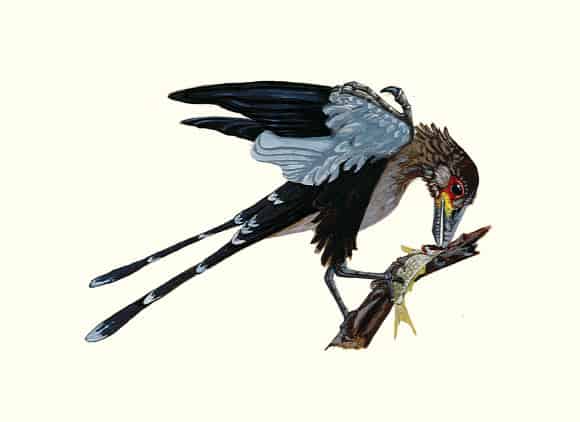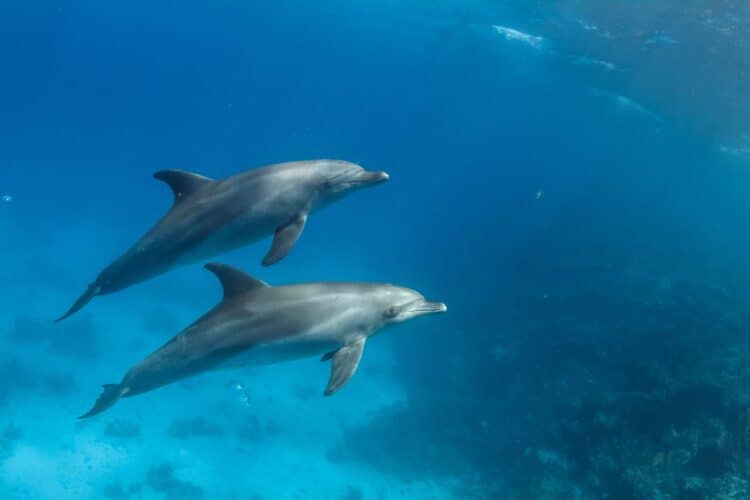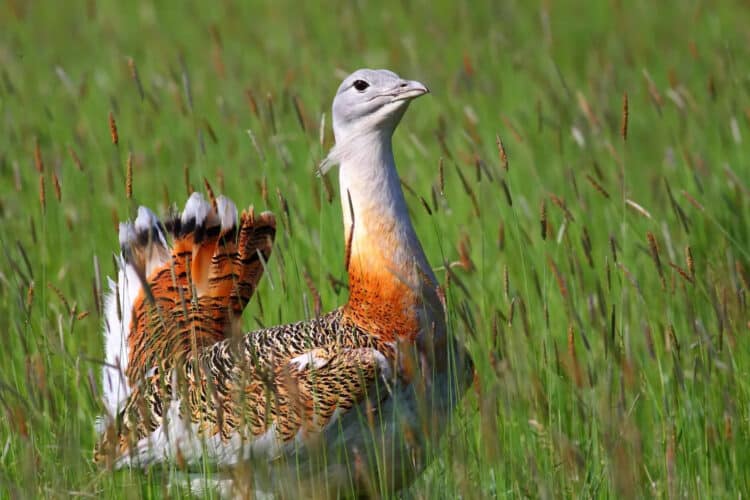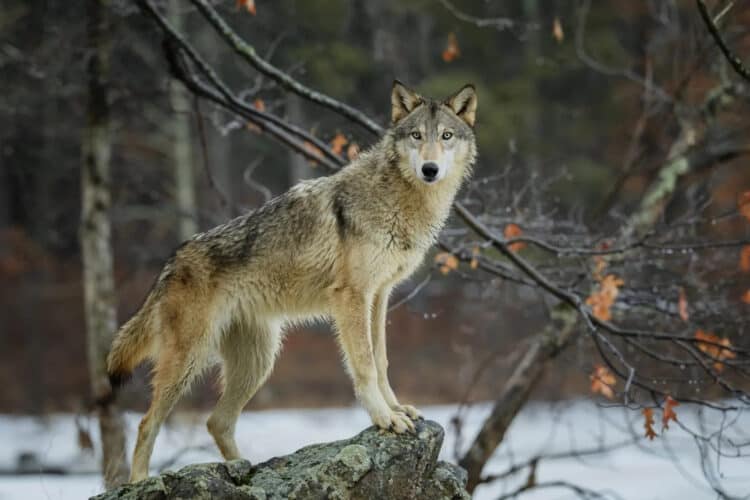Researchers from the University of Chicago and the Field Museum of Natural History have found a striking lack of diversity in the earliest known fossil bird fauna – the Jehol aviafauna.
“There were no swans, no swallows, no herons, nothing like that,” explained Jonathan Mitchell, a PhD student at the University of Chicago and the first author of a paper published in the Proceedings of the Royal Society B. “They were pretty much all between a sparrow and a crow.”
Mitchell and his co-author, Peter Makovicky from the Field Museum of Natural History, examined the diversity of species in the Cretaceous Jehol Biota, dating back to about 125 million years ago – relatively soon after the emergence of birds.
Because bird fossils indicate only the physical characteristics of the birds, understanding the diversity in how the birds behaved required significant scientific legwork.
To tease out the ecological roles played by the prehistoric birds, the team used modern-day birds to build a statistical technique that could relate the physical characteristics of a bird to its diet, behavior and habitat.
Long legs might be associated with birds that wade through water, for instance, and the shape of the beak might hint at what the bird ate.
For this purpose, Mitchell and Makovicky measured 1,400 modern birds – mostly from the Field Museum’s collections – and extracted the correlations between these measurements and the birds’ behavior.
However, they still had to show that this technique, which was useful for modern birds, could be applied effectively to the distinct sample of ancient birds.
“These birds are very different from modern birds – some of them have teeth, some of them have long bony tails,” Mitchell said.
In order to test the method, the scientists looked at the contents of the birds’ stomachs, which in some cases had survived the process of fossilization. They found agreement between the method’s predictions and the birds’s diet, indicating that it worked for ancient birds as well.

Once they had confirmed that the method was effective for the fossil birds with food preserved in their bellies, the scientists applied their method to the full complement of the region’s bird fossils.
They found that these early birds were less diverse than modern birds. In particular, larger birds and water birds were lacking.
“They were all pretty much the same. They were ground-dwelling or forest-dwelling little birds, mostly eating insects and seeds,” Mitchell explained.
The results have implications for when and how birds originated – a topic under some debate.
“In a broader sense, I think that our research speaks to an understanding of how groups of organisms, which are perhaps dominant today in modern ecosystems, get to that point,” Makovicky said.
“Birds, for example, evolved from humble beginnings into the diverse group we know today. The early bird, therefore, may indeed have gotten the worm – or the insect or seed – but not much else.”
______
Jonathan S. Mitchell & Peter J. Makovicky. 2014. Low ecological disparity in Early Cretaceous birds. Proc. R. Soc. B, vol. 281, no. 1787; doi: 10.1098/rspb.2014.0608
This article was first published by Sci-News.com. Lead Image: This early bird, Longipteryx, lived during the early Cretaceous period approximately 120 million years ago. Image credit: Allison Elaine Johnson.
What you can do
Support ‘Fighting for Wildlife’ by donating as little as $1 – It only takes a minute. Thank you.
Fighting for Wildlife supports approved wildlife conservation organizations, which spend at least 80 percent of the money they raise on actual fieldwork, rather than administration and fundraising. When making a donation you can designate for which type of initiative it should be used – wildlife, oceans, forests or climate.







Leave a Reply